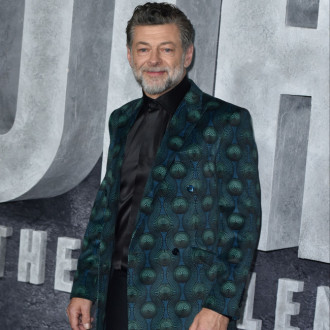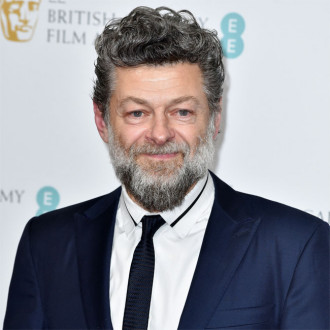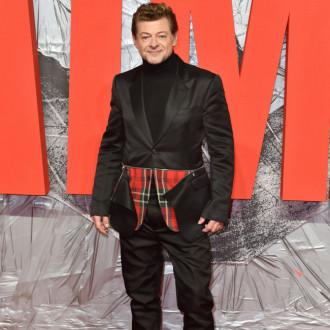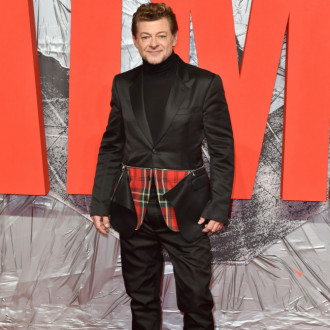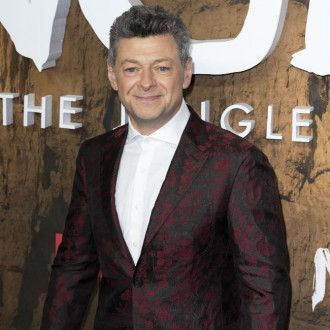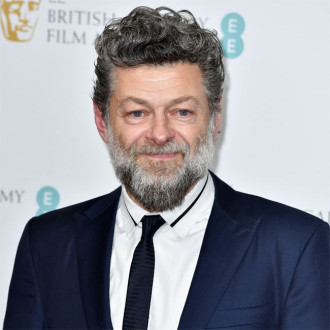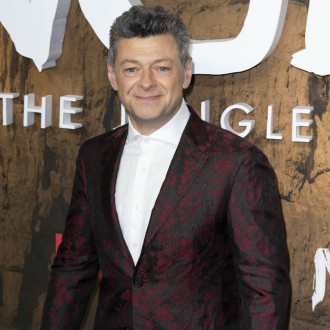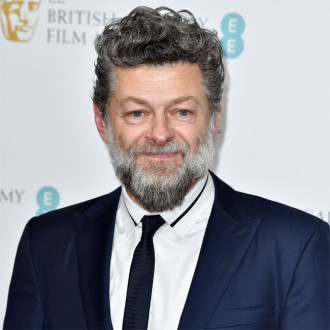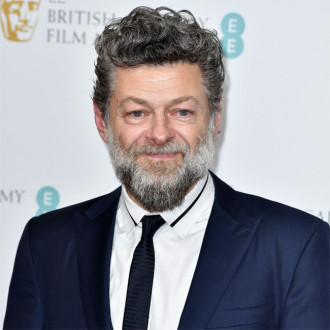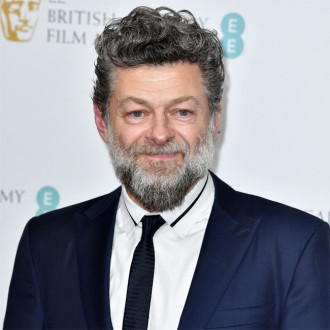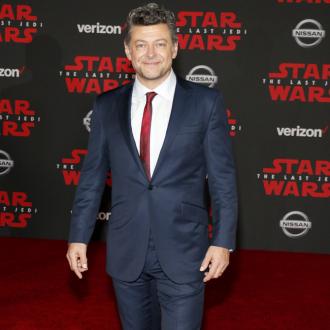Dawn Of The Planet Of The Apes Redfines Motion Capture
By Rich Cline in Movies / TV / Theatre on 18 July 2014
The critically acclaimed sci-fi sequel has pushed the art of motion capture even further
Motion-capture technology has come a long way since it was first used in a major release for the 2001 sci-fi adventure Final Fantasy: The Spirits Within. But in that movie as well as Robert Zemeckis' three performance-capture animated films - The Polar Express (2004), Beowulf (2007) and A Christmas Carol (2009) - there was a severe "dead eye" problem, as the figures didn't look properly alive.
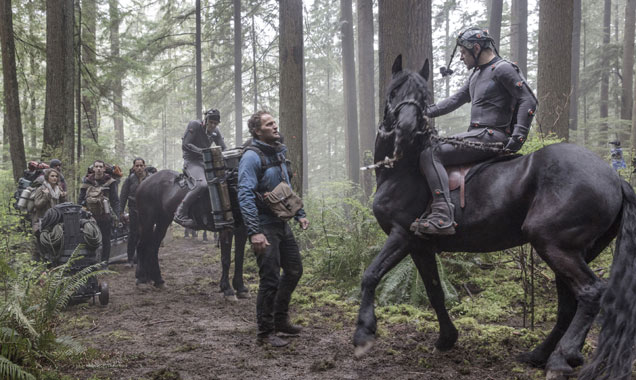 On set with Dawn of The Planet of The Apes
On set with Dawn of The Planet of The Apes
James Cameron overcame this with Avatar (also 2009). But it was the collaboration between filmmaker Peter Jackson and actor Andy Serkis that pushed the technology even further in The Lord of the Rings and The Hobbit trilogies, as well as King Kong. Now Serkis has become the go-to guy for performance-capture, from working with Steven Spielberg on The Adventures of Tintin (2011) to coaching Mark Ruffalo as the Hulk on the set of The Avengers (2012).
More: read our review of Dawn of The Planet of The Apes
But it was Rise of the Planet of the Apes (2011) that made people sit up and take notice of the serious acting required in these performances. Far from just a vocal performance, Serkis gave Caesar the chimpanzee a full inner life, expressing complex emotions with tiny facial movements. And in just three years, the technology has advanced even further, so when watching Serkis in this summer's sequel Dawn of the Planet of the Apes, it's impossible not to believe that this is an actor giving a remarkable performance as a fascinating character who never seems digitally animated at all.
More: Click here to watch Dawn of the Planet of the Apes trailer
Serkis has formed his own mo-cap studio, Imaginarium, and is now working on Star Wars Episode VII, Avengers 2, more Tintin movies and his own film based on The Jungle Book. Serkis will also be back for a third Apes adventure, which is bound to blur the lines between actor and animation even further. Can an Oscar be far behind?
Contactmusic
Movies and Trailers

Star Wars: The Last Jedi Movie Review
After the thunderous reception for J.J. Abrams' Episode VII: The Force Awakens two years ago,...
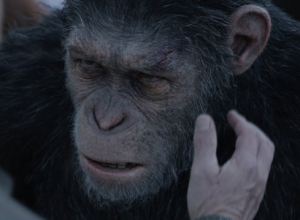
War for the Planet of the Apes Movie Review
The surprisingly thoughtful prequel trilogy comes to a powerful conclusion with this robust, dramatic thriller,...
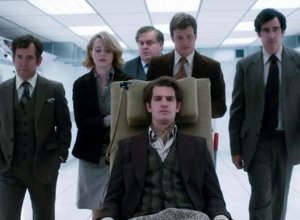
Breathe Trailer
Robin Cavendish seems to have everything. He is handsome, educated, extraordinarily intelligent and has a...
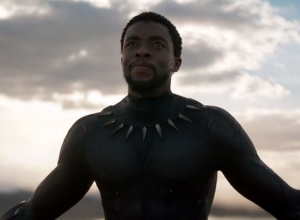
Black Panther Trailer
Wakanda is one of Africa's biggest nations, it's still a third world country but it's...

War For The Planet Of The Apes Trailer
The long anticipated war between man and ape has finally arrived. The leader of the...
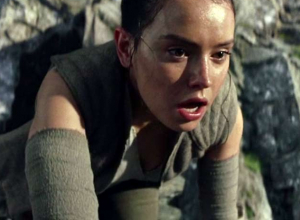
Star Wars: The Last Jedi Trailer
After the release of The Force Awakens at the end of 2015, Disney and Lucas...
Advertisement
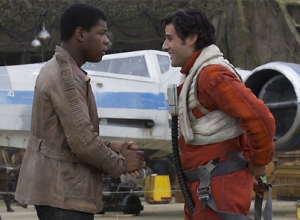
Star Wars Episode VII: The Force Awakens Movie Review
Appealing both to a new generation of viewers and fans of the series since the...
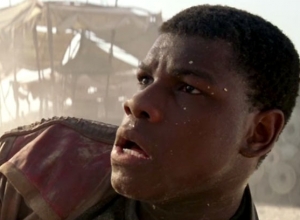
Star Wars: Episode VII - The Force Awakens TV Spot Trailer
After the victory of the Rebel Alliance over the Galactic Empire and subsequent demolition of...
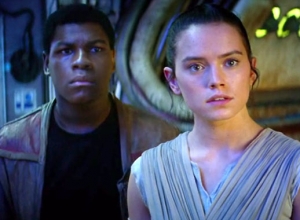
Star Wars: The Force Awakens Trailer
It's been thirty years since the Rebel Alliance; led by the noble Luke Skywalker, the...

Star Wars: The Force Awakens Trailer
30 years ago, the Rebel Alliance struck their killing blow against the Galactic Empire. The...
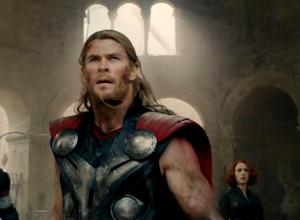
Avengers: Age Of Ultron Trailer
They've fought private military corporations, Nazi splinter-groups and a Norse god. Now, The Avengers assemble...

Star Wars: The Force Awakens Trailer
Set three decades after the devastating events of 'Star Wars Episode VI: Return of the...

Avengers: Age Of Ultron Trailer
The Avengers may be feeling like they are capable of anything after saving New York...
Advertisement
